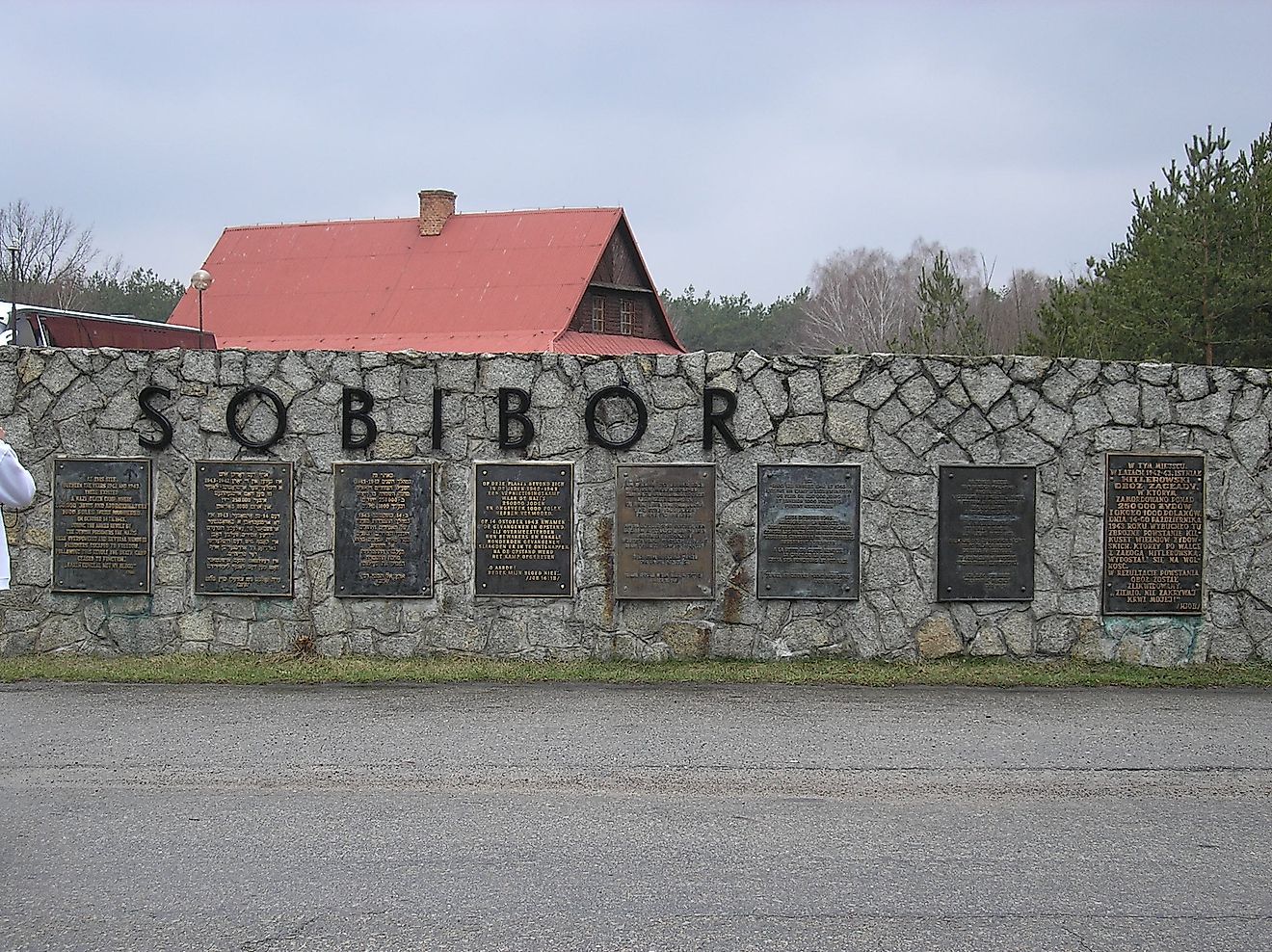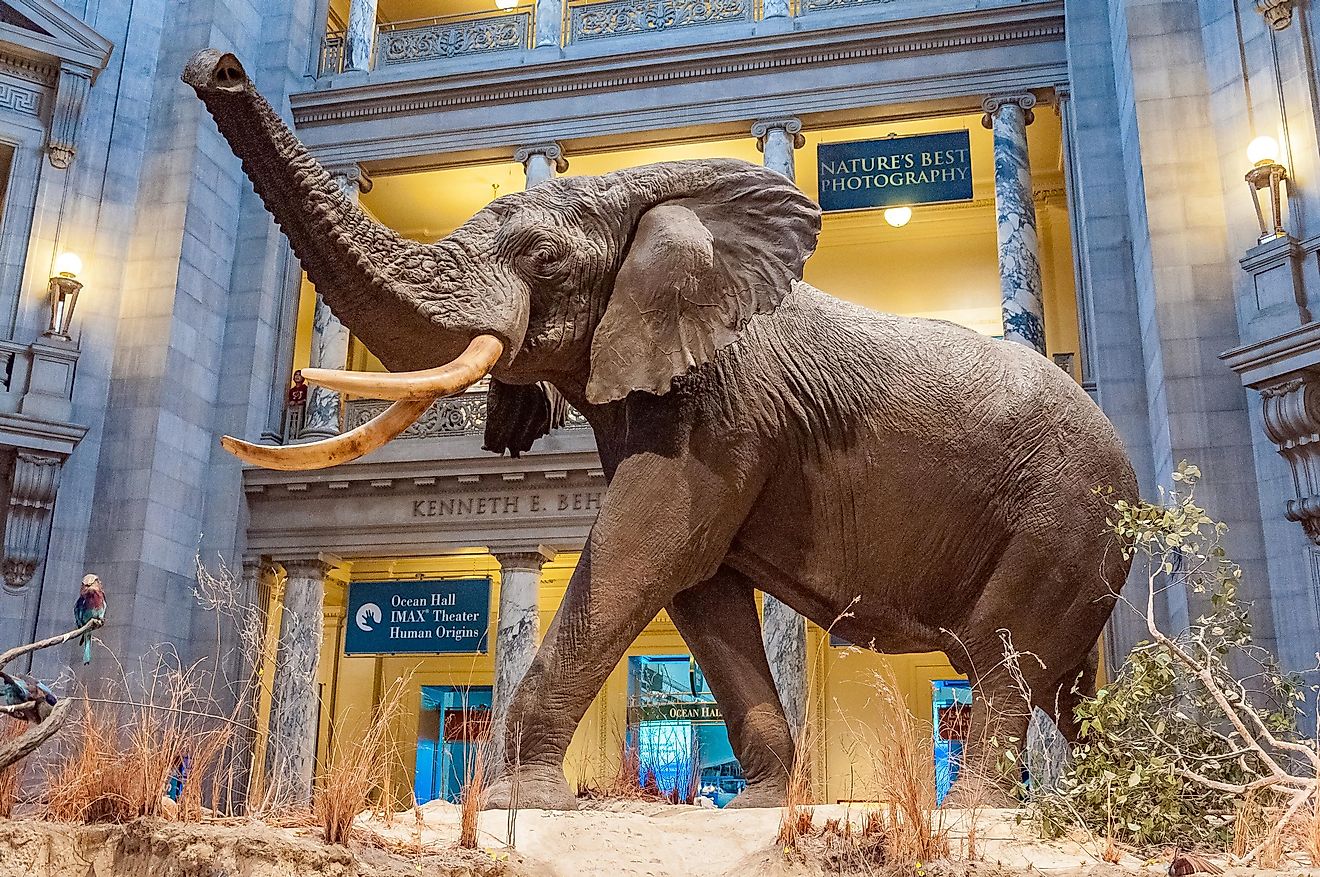The Algerian War of Independence

Algeria was an integral part of France, with the same status as any other département, such as Tarn-et-Garonne or Aveyron, from 1830 to 1962. It wasn’t considered a colony in administrative terms but instead three different departments.
How did this come about? In 1827, the Bourbon king of France decided to issue the blockade of Algiers to bolster the falling prestige of the monarchy. However, the king was soon overthrown. In 1830, the French government, under the rule of Louis-Philippe d'Orléans, decided to go ahead with the invasion of Algiers and to impose the French rule.
Beginnings: the Algerian War of Independence
The Algerian War of Independence was not a straightforward fight between colonizers and supporters of independence. It was, instead, a conflict that comprised three groups: the French army, the Algerian nationalists and the European settlers, known as pieds noirs, who believed they had a more elevated status than the Algerian population.
The first act of war took place on May 8, 1945 and was known as the Sétif massacre. During the VE Day celebrations at the end of World War II, Muslim protesters demanded independence and displayed an Algerian flag. The French armed forces opened fire on the crowd and demonstrators were killed. Riots ensued. After five days of fighting, about a hundred pieds noirs and thousands of Muslims were killed. The disproportionate force of the French retaliation on the population instilled fear and anger, as well as feelings of vengeance both among the Algerian population and the pieds noirs.
In May 1954, France lost the Battle of Điện Biên Phủ during the First Indochina War, which weakened the position of the French in what is now Vietnam. Meanwhile, in Algeria the FLN -the Front de Libération Nationale- took advantage of that fact and launched a number of attacks against French military targets throughout the country in November of that year. The French sent more troops, which retaliated with raking over towns and villages.
The following year, the FLN began targeting civilians. French troops and pied noir vigilantes reacted by killing thousands of Muslims.
Battle of Algiers
The Battle of Algiers (1956-57) consisted of urban guerrilla warfare. The FLN moved combat to the capital, Algiers, where it was easier to hide among the civilians. The number of casualties increased exponentially. Three explosions in public venues marked the beginning of the Battle of Algiers in September 1956, followed by widespread violence. The French military locked down Algiers and divided the city into zones by means of barbed wire. They rounded up, arrested and tortured hundreds of suspects. Violent responses from both sides quickly escalated.
French Preside Charles de Gaulle announced in September 1959 that self-determination for Algeria was necessary, and that French control is untenable. The pieds noirs felt betrayed by the French government.
Algerian Referendum
75 percent of mainland residents voted for Algerian independence in a referendum held in France in January 1961, while 69.5 percent of Algerians voted for it. It was followed by a first round of negotiations in Evian, France, in May, which were unsuccessful. A second round of negotiations resulted in a cease-fire being declared in March 1962.
The referendum held in Algeria in July 1962 was overwhelmingly pro-independence. President de Gaulle officially recognized the vote on July 3. Ben Bella became the head of the newly independent country.
Violence, however, did not end immediately. Algerians who were associated with the French rule suffered attacks, and some tens of thousands were killed. Some were able to flee. These people were called "harki" and regarded as traitors. Also, there was fighting between different political parties, which also resulted in numerous deaths. A ceasefire put paid to that in September 1962.











